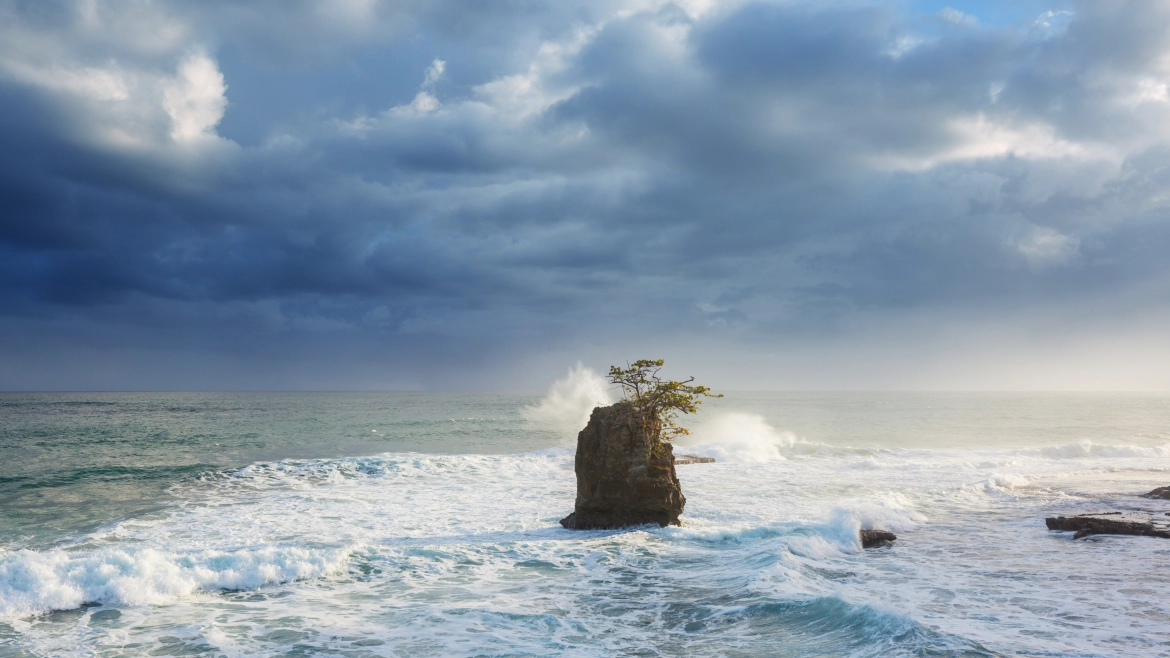Do you want to know where the thrill-seekers dive in Costa Rica? At Bill Beard’s Costa Rica, we’ll tell you the most exciting facts about the Bat Islands, a Costa Rican dive site that should be on your bucket list if you’re up for wild underwater fun and unspoiled beauty.
Eager to discover this spot? Let’s not wait any longer and dive into the Big Scare at Bat Island, Costa Rica.
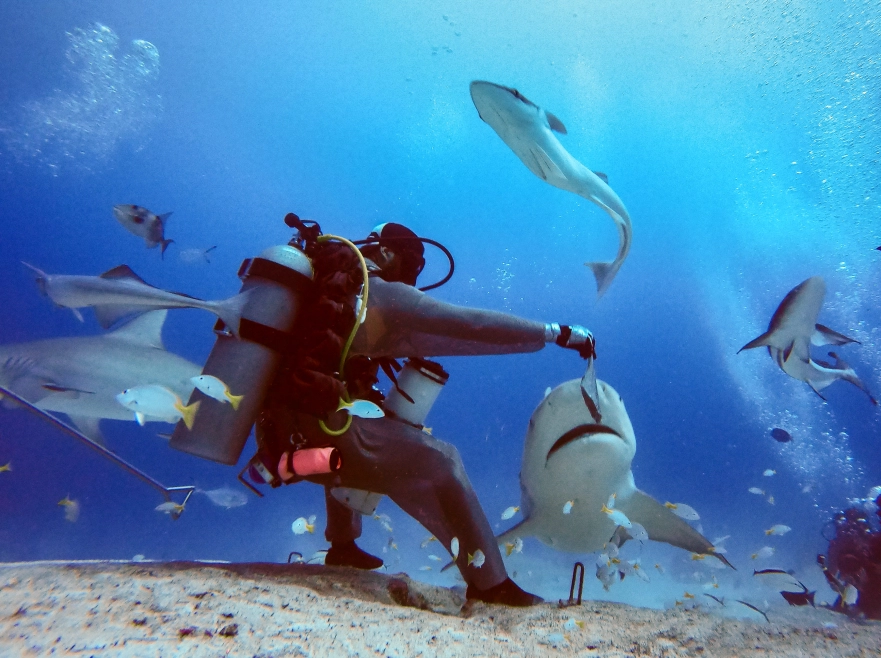
Getting to Know the Bat Islands
The Bat Islands are found on Costa Rica’s Pacific Coast, near the northern province of Guanacaste, right off the coast of Santa Rosa National Park, which is famous for its landscape, wildlife, and some famous surfing spots.
Costa Rica protects this area as a marine reserve. That’s why its fish and marine animal populations are protected from fishing.
Are you wondering why the Bat Islands are famous? It’s the Bull sharks. If there’s one 12 foot/3.5m, jaw-dropping reason (hold on to your reg) to take the 30-mile journey to the Santa Rosa National Park on the northwest Costa Rica Pacific Coast, it’s for Isla Murcielago or ‘The Bat Islands’ to swim with bull sharks.
Existing between 15–30 m/50 – 90 ft of water, they use the 3 cleaning stations as a day spa during light hours, and by night, they hunt the large groups of trevally, turtles, rays, and other fish groups attracted by the currents that the islands create.
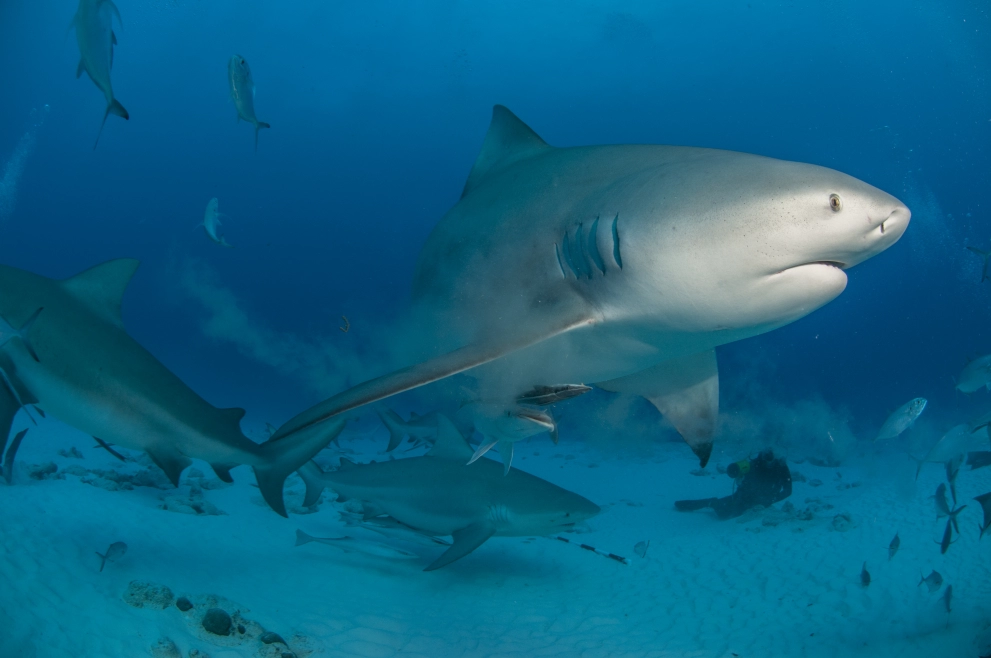
The Perfect Spot for Bull Shark Diving
The dive site is called Big Scare, and you don’t need to guess why. At the very least, it’s completely exhilarating. From your first giant stride entry next to the wall of the solitary pinnacle right up until the umpteenth time you arrive as a guide, it offers a unique combination of thrill and awe.
On the main island, there is a ranger station and viewpoint to visit. It’s stunningly isolated. It’s possible to camp there and dive at a few of the other dive sites around the island, where you can see giant manta rays, turtles, and whale sharks if you’re really lucky.
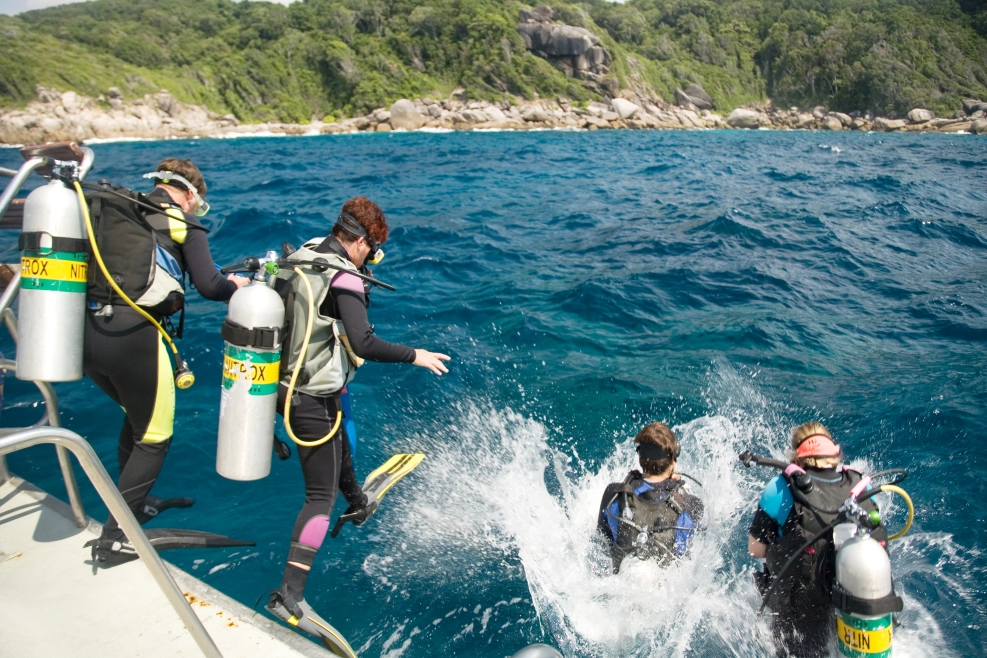
Bat Island’s Challenge for Experts
Needless to say, the Bat Islands are for advanced divers, meaning those who can prove a lot of experience (including deep diving) and not just by presenting an advanced license obtained immediately after the Open Water course.
Why? Well, the maximum depths are 30m/90f, there are no lines for ascents, descents, or safety stops, currents and swells are often present near the surface, and you are 1 hour away from the nearest official medical care. Only experienced divers with respect for conservative limits and good buoyancy should apply.
Nitrox is a good idea if you have good air consumption, although normally, all air consumption expectations are irrelevant. This becomes especially true once you’re surrounded by 6 big bull sharks, who come in for a closer look at the strange, bubble-blowing, awkwardly moving, mask-wearing creatures that have suddenly moved into their environment. Keep checking your air because you can reach 700 psi in no time.
The Bull sharks of Bat Island
Let’s talk more about the sharks you’ll get to see here. Bull sharks are part of the Requiem shark family and have a reputation for being the world’s 3rd most aggressive shark. But don’t let this put you off. This is mainly because they are one of the few sharks that can adapt to freshwater and swim into rivers to hunt in murky conditions in countries where people survive on resources from the same riverside environment.
They are called Bull sharks because of their bulky appearance. Attacks from bull sharks are extremely rare, and if attacks occur, they’re mainly in low visibility or provoked by chumming activity. That said, they are unpredictable, and caution and total respect should be obvious treatments. These animals are awe-inspiring, and it’s a privilege to be accepted into their world.
The best time to encounter them is typically from May to November. Beyond these months, dive shops often suspend trips to the islands due to the heightened unpredictability of the seas and weather conditions.
If you prefer more comfortable water temperatures, July and August are optimal, with temperatures around 28 degrees.
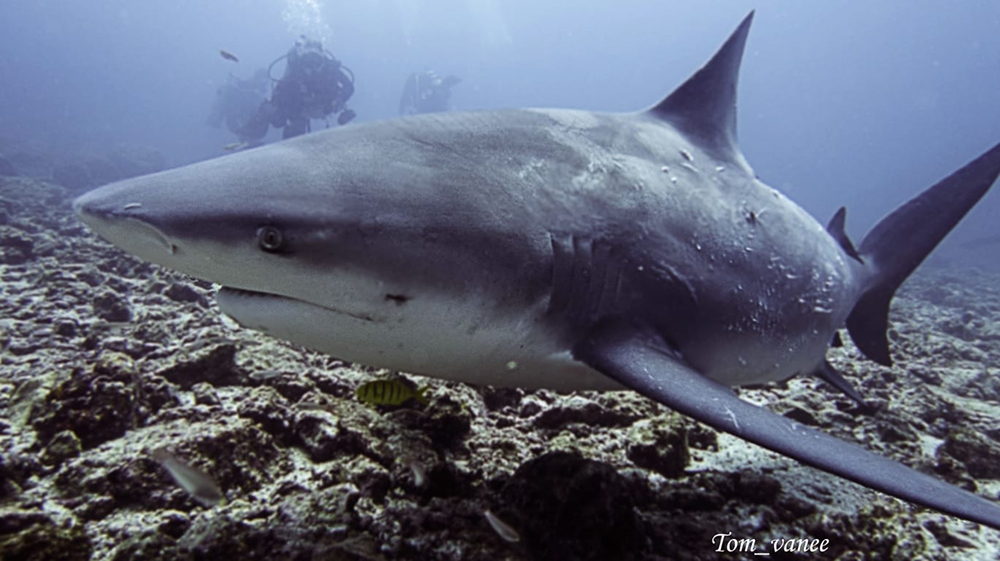
Where to see other sea life
Black Rock is the second most popular dive site, and you must dive there to believe the tremendous amounts and variety of marine life, including white tip reef sharks, eagle rays, moray eels, and large schools of fish. In March – November, the water temperature is between 25–30 °C and 73- 85 °F, and visibility can unpredictably be anything between 5–30m and 20–90ft.
If the sharks are not seen (only about 10% of the time), it is still possible to see giant manta rays that seem to block out the sun suddenly, like an airplane gliding overhead. Big schools of snappers and jacks impress. There is macro to speak of but don’t waste too much time looking down unless the Chromodoris Magnifica Nudibranch is more interesting to you than a bull shark passing by.
You’re also likely to see pods of dolphins riding in the wake of the boat on the journeys to and from, and later in the season (September/October), we regularly encounter humpback whales playing by the boat.
On a good day, the only thing that would make it better would be to have Sir David Attenborough of BBC Blue Planet narrating the wildlife behavior through a public address system on the bow.
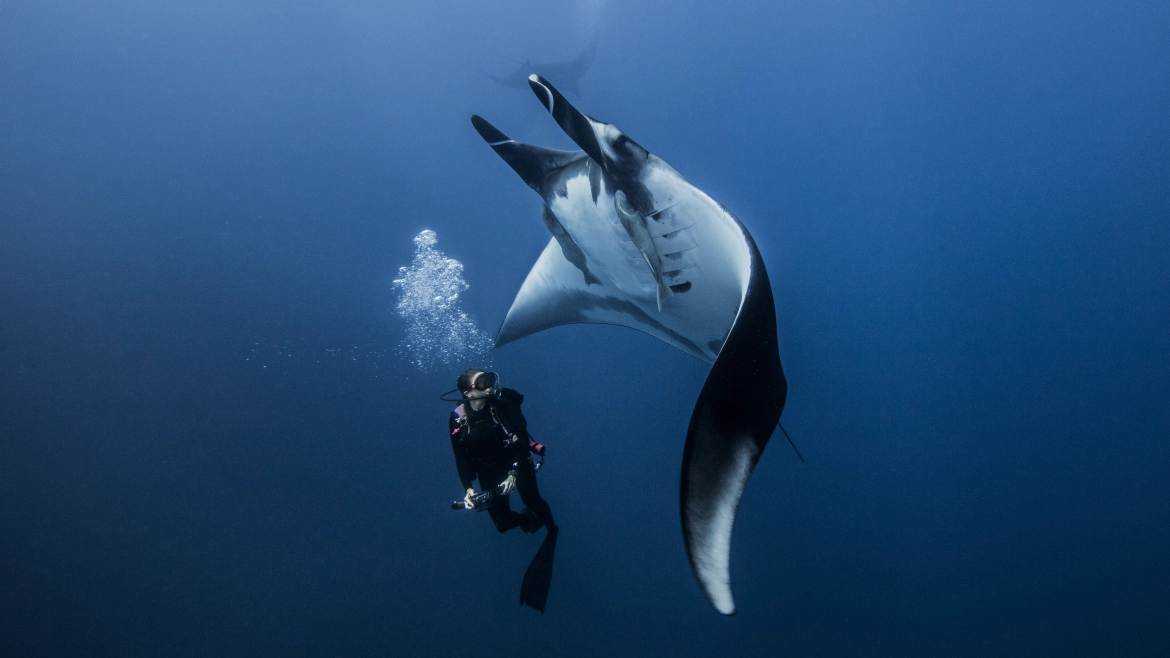
Make Your Dive Trip Unforgettable with Bill Beard’s Costa Rica
At Bill Beard’s, we offer privately escorted tours and first-class accommodations across the country that can be added to other packages. Our goal is to take you on a diving adventure of a lifetime.
Want to know more? Check out our prices, vacation packages, and be part of our pre & post Cocos Island Mainland adventures tours!
Contact our team at Bill Beard’s Costa Rica now for single, triple, quad, or group rates and world-class adventure tours, including scuba diving! We’re conveniently located in La Fortuna, Costa Rica, in the shadow of Arenal Volcano, behind the Catholic Church, near the world-famous hot springs. Plan your adventure with us!
Stay connected:
- Direct: 954-453-5044
- Fax: 321-400-1404
- Toll-free: 877-853-0538
- Local number (Costa Rica): 2479-7089 (Available from 9-5 PM)
- Office hours: 8-6 CST M-F & Sat 9-5 CST
- Email: agent@billbeardcostarica.com

